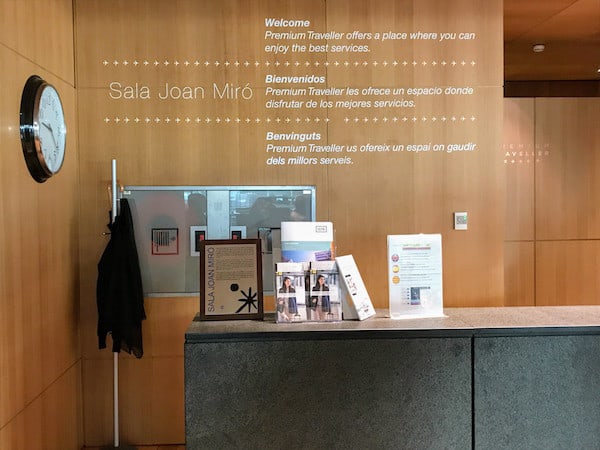5 Ways Travelers Can Protect Themselves During The Pandemic

It seems that the Covid-19 pandemic has been part of our lives for such a very long time that it’s gotten to the point where it’s hard to imagine a future that isn’t fraught with worry about catching the virus. Thus, the notion of traveling for pleasure, whether by plane, ship or bus, may certainly seem quite alien at the moment.
However, rest assured. The situation is fluid and there will be a time when travelers will be able to travel again.
Having said that, the safest things anyone can do while traveling during the Covid-19 pandemic are virtually the same things we’ve been cautioned to do over the last few months. Health experts advise us to stay at home as much as possible to avoid catching or spreading the virus until there’s a vaccine or effective treatment, or until the pandemic otherwise ends. That especially applies to people who are older (with weakened immune systems) or to those who have underlying health issues, who should do all they can to avoid exposing themselves to the coronavirus.

Once lockdowns have eased in many parts of the world, you probably won’t be traveling internationally from the get-go. Instead, you might take a road trip or plan a hike to a nearby state park.
Or even if you aren’t ready to travel, yet, you may have to go to work, need to visit shops or just want to start moving around your neighborhood more freely. It’s wise to be aware of the fact that each time you venture outside your home and have contact with other people, you are increasing your risk of contracting the coronavirus in a world that’s still engulfed by a pandemic. As tempting as It might seem to pop out everyday, try to limit the frequency of your outings.
To be able to start returning to life that resembles the life that we all knew before, whether traveling close to home or afar, we will need to start adopt and continue the practices, vetted by public health professionals, that will become the new normal.
1) Wear a face mask when out in public
At first, it may feel awkward or self-conscious to wear one because it’s not something our culture is used to. But there’s no need to feel awkward now: It could be a matter of life or death. In fact, it’s becoming more prevalent to see people wearing them and it’s also a sign of mutual respect.
You can take steps to protect yourself and others when you are going to be in close proximity with other people. By wearing face masks, you are helping to contain your germs and for others around you, they are protecting you. If we all work together and wear appropriate protective wear, then it’ll make free movement much easier – especially on public transport.
If you wear a mask, you’re less likely to spray virus-containing droplets on surfaces or other people when you breathe, talk, sing, laugh, sigh, snort, cough, sneeze, and whatever else you might do with your mouth and nose. Medical masks are essential for healthcare personnel but cloth ones work well for most others. Many people are even making their own customised masks at home.
2) Wash your hands whenever there is an opportunity to do so
Nothing beats using soap and water, so when the chance arises, ensure that you thoroughly wash your hands when you’re out and touching surfaces that may be contaminated. If you are not able to access a sink, then it’s a good idea to carry some hand sanitizer with you, so that you can periodically sanitize your hands before you are able to wash them with soap and water.
Regarding hand-washing, do it frequently – before, during, and after you go out. Soap and water work great; wash for 20 seconds, and don’t forget the back of your hands, your fingertips, your thumbs, and your wrists. If you don’t have access to soap and water, hand sanitizer with at least 60 percent alcohol content works, too.
3) Avoid touching your face
It can sometimes feel like an impossible task to do, but it’s incredibly important to be aware of the fact that if you touch a contaminated surface and then your face, you are putting yourself at risk of catching Covid-19. Try to remember that you mustn’t touch your mouth, nose or eyes before you’ve had a chance to wash or sanitise your hands.
Studies have shown the virus can survive on different surfaces for hours or days at a time. If you touch those surfaces, then touch your face, you could get the virus in your eyes, nose, or mouth – and soon, you might be infected.
4) Stick to social distancing guidelines
It can be easy to assume that because the pandemic lockdown restrictions are being lifted, that it’ll mean that human interaction will go back to what it was before Covid-19. Even though groups of people are now starting to meet up, it’s still important that people adhere to the rule of at least two meters (six feet) between them. It can be possible to see all of those people that matter to you, if you’re careful that you are all able to abide by social distancing rules.
If you find it hard to see family and not hug them, then it still might not be the right time to meet up with them in person. It can be particularly difficult for young children to understand the need for physical distancing, and equally heartbreaking for a grandparent to be close to their grandchild but be unable to embrace them as they normally would.
5) Keep it outdoors when you can
The coronavirus appears to spread through airborne droplets and droplets that land on surfaces, which people subsequently pick up with their hands, unwittingly. You’re basically safer in outdoor environments with people around than you are in enclosed spaces. Plus, it’s much easier to keep your distance from people when outside in an open space.
If you want to meet up with a small group of people or your family, then you can use your garden, a park or somewhere else outside as a place to meet. That way you are not sharing facilities (like you would do indoors) and you have the open air to help prevent the spread of droplets.
The pandemic will end
The pandemic will eventually end and many travel restrictions will be lifted. Deciding when and where to travel will entail each Individual assessing the risks of doing so and taking advantage of all the precautions that are available to mitigate the chance of contracting the virus.
All photo credits: Pixabay and Pexels.
*This is a collaborative post written by Amelia Hudson.




